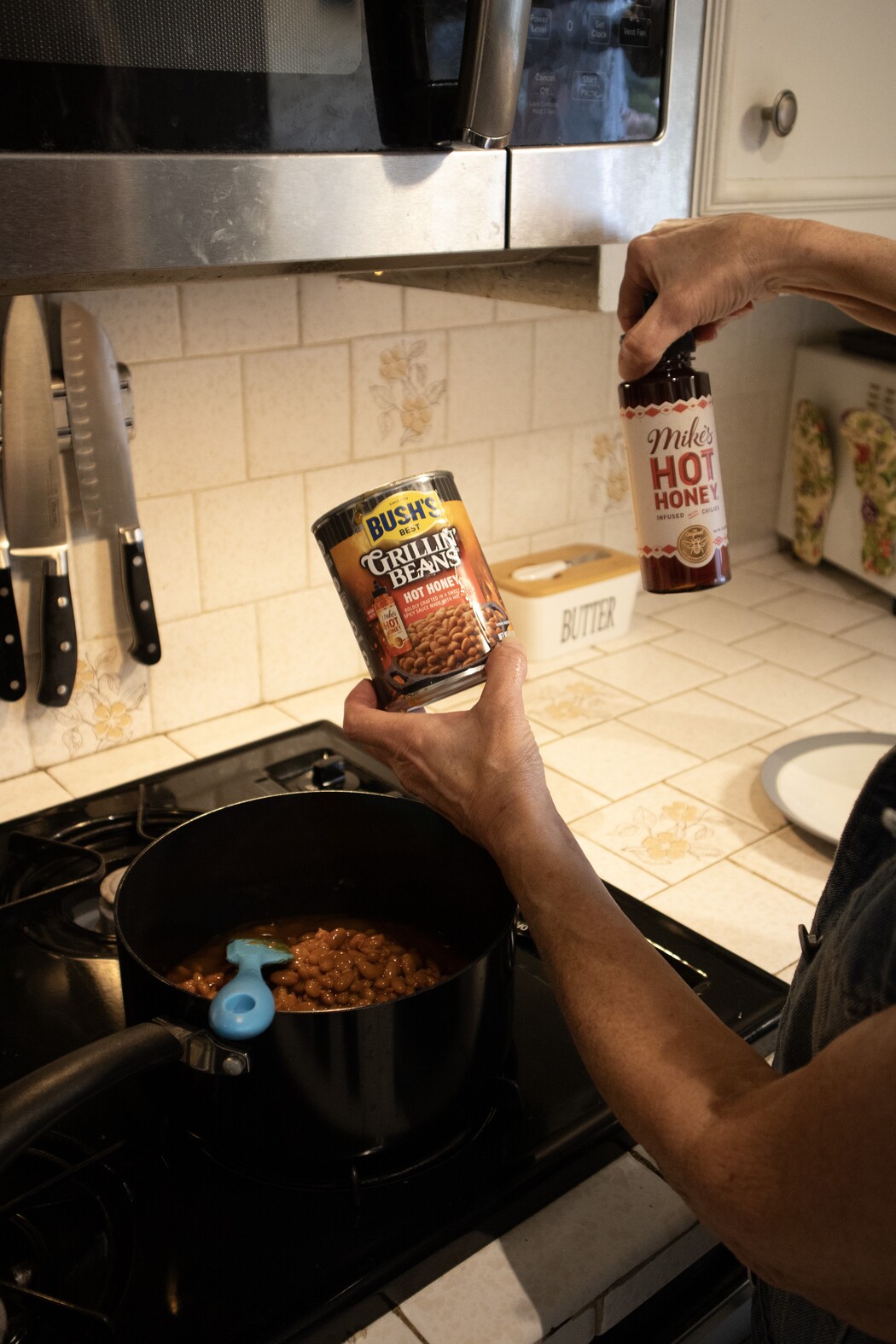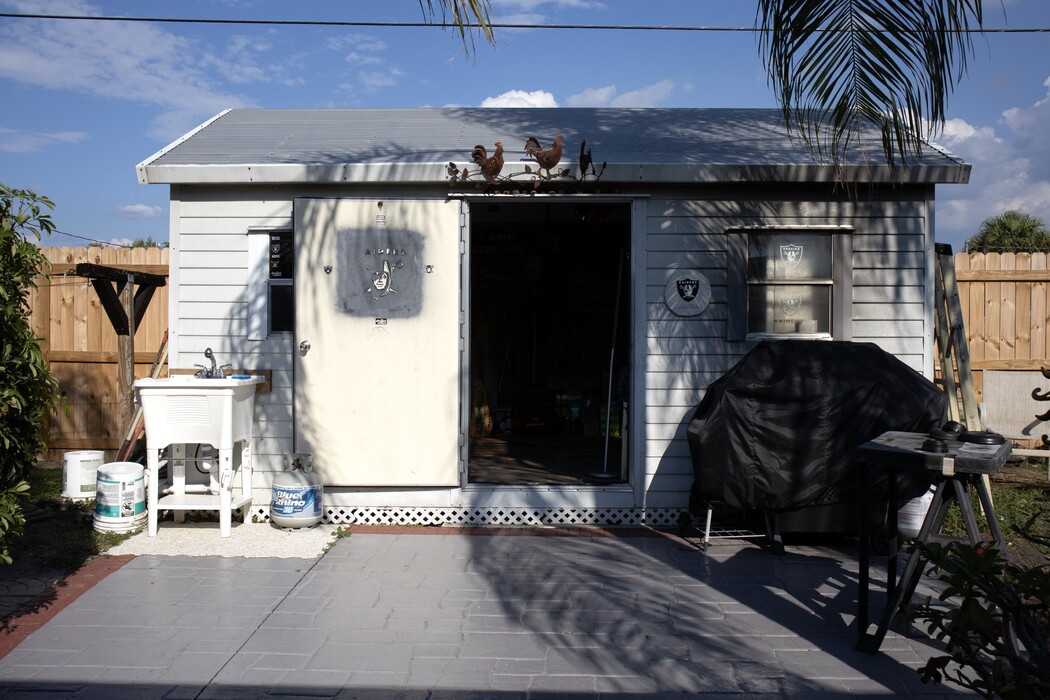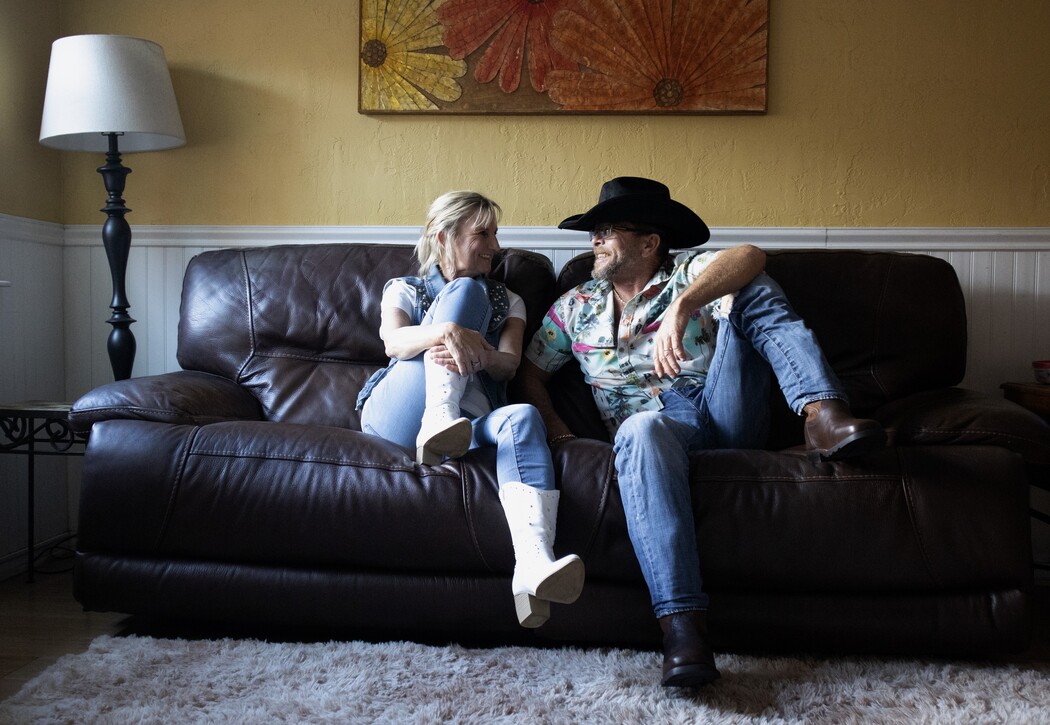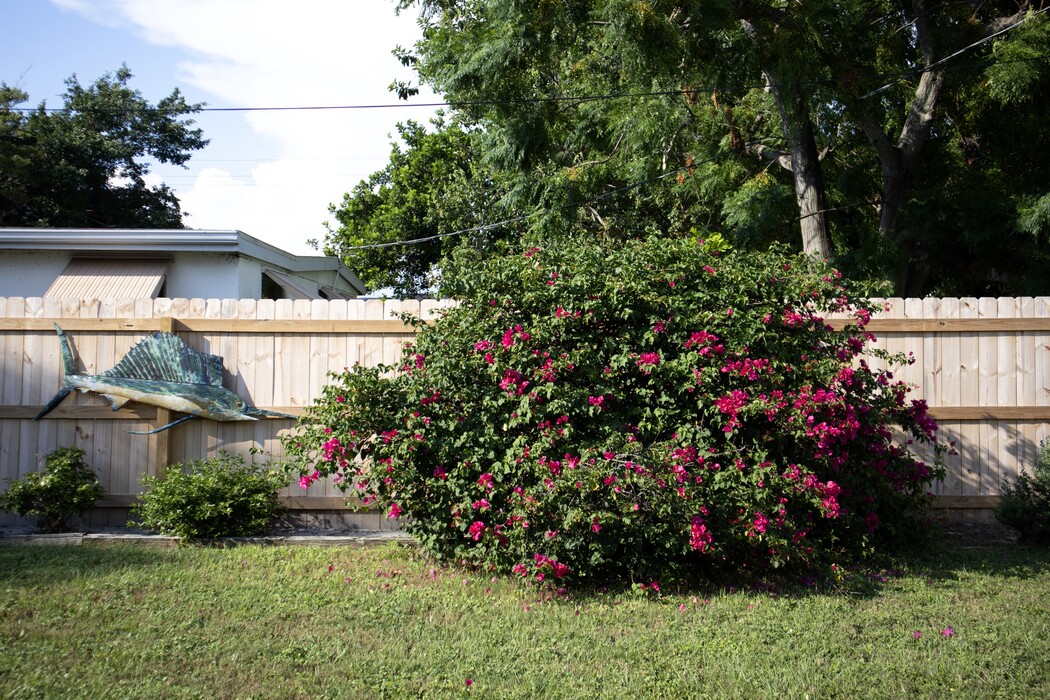Katherine Barbieri
Year of birth: 1999
Where do you live: Savannah, GA
Your education: MFA Candidate Savannah College of Art and Design
Describe your art in three words: Intimate, Connection, Collection
Your discipline: Fine art photographer
Website | Instagram

How did you first become interested in photography, and what made you decide to focus on fine art and portrait photography?
In high school I took a photography class for extra credit and immediately fell in love. It became an escape to be my most creative self and express what I could not form into words. I digitally manipulated a photo I took of this terrifying doll in my closet which went on to win an award, which really encouraged me to continue. I knew it could be more than just an extracurricular activity.
I got into portraiture when photographing for the Boys and Girls club as part of their photography club and for events. I spent most of my after-school hours there – it became a safe haven for my creativity.
The summer before senior year of high school, I attended the Pre-college program at Ringling College of Art and Design. I continued refining portrait photography and began more technical training with lighting. Being surrounded by others eager to learn and create really motivated me.
It really started taking off once I started my Bachelor of Fine Arts in Photography at Ringling College of Art and Design. The beginning classes give you the fundamentals of lighting and portraiture. I feel like I mostly did portrait photography up until my junior year of undergrad.
I will never forget the moment that I fell in love with creating fine art photographs. I took an alternative process class with Sally Pettibon, who really pushed me to think about material and concept. I never thought beyond portraiture until then. I started to think about what my work is saying.
I have refined my position as a fine art photographer since starting my Masters at Savannah College of Art and Design. It has taken the meaning of being a fine artist to a different level. My peers I am next to every day are full of innovative ideas and seeing them pushes me to grow and innovate in my own work.
Your work often revolves around themes of intimacy and personal connection. How do you build that sense of trust and closeness with your subjects?
My biggest aim when photographing anyone is that they are as comfortable as possible. When photographing those close to me I have a leg up as trust is already established – but the core principle of ongoing communication is integral with any subject, no matter how familiar we are.

You enjoy working with both digital imaging and 35mm film. How does your approach differ when using these two mediums, and what do you find most rewarding about each?
Both mediums have their strengths and weaknesses. I love the feel of film just because you never know what you are going to get. On the other hand, a defining aspect of digital for me is seeing the outcome right away. It makes it easy to make adjustments on the fly, whereas with 35mm film there’s anticipation of seeing if it comes out the way you thought it would.
The approach for each medium differs. With digital I tend to take many shots of the same subject and area, whereas with film I stay moving and spend a shorter time with each space. That is what makes shooting 35mm film so exhilarating for me: the smaller amount of time you can shoot before your roll is complete.
The couples you photograph are people who are close to you. How does your personal relationship with your subjects influence the final images?
I honestly think it brings us all closer. Being able to include those I love in my work brings joy all around and it shows in the imagery. It makes the images easier to create overall. A good example of that is my fiancé Austin. He is my biggest inspiration and was a big influence for the work. This current body of work stemmed from a series I started to develop specifically about Austin and I. I think the fact I branched it out to other couples around me made it develop into something stronger.

What inspired you to pursue a Masters of Fine Arts in Photography, and how do you think your studies will impact your future work?
I pursued a Masters of Fine Art to continue my ultimate goal of becoming a university professor as well as to continue to grow as a fine artist.
My time at SCAD has been one of growth not only as an artist but as a person. Outstanding teachers who push my limits along with critical but constructive environments have pushed me to be the best artist I can be.
Without Professor Rebecca Nolan I would not have pushed myself much harder than I was earlier in the graduate program. She is one of the most honest, hardworking professors I have had. She is one of my biggest inspirations and being in her classes has not only pushed me to my limits. Her influence has improved my work habits and progressed my style.
Another professor that has really impacted my journey is Dillon McDaniel. He has helped guide me to see my own work differently as he asks all of the hard questions during critique, making me look at critique itself in a new light. McDaniel has an incredible way with picking readings that challenge the mind and push his students to think more critically – not only about photography but current events and developments in the field such as artificial intelligence.
Moving forward after graduate school, I will take all they have both taught me and help shape others to be the best artist they can be. The push for evolution in work habits and shooting habits and learning how other professors develop curriculum for classes will help benefit me as an artist and educator in the future.
You’ve mentioned that you enjoy narrative storytelling in your work. Could you share how you approach creating a narrative in a still image?
I focus on how the space makes me feel and how I can convey what I find interesting about it to the audience. Finding what stood out that made me want to photograph it, and photographing as if I was the viewer of the work rather than the creator. I like to think that it keeps me grounded.
How do you navigate the balance between documenting someone’s personal life and respecting their privacy?
Honestly, it’s all in the communication throughout. Checking in at different points to make sure they are still comfortable and open.


Leave a Reply
You must be logged in to post a comment.